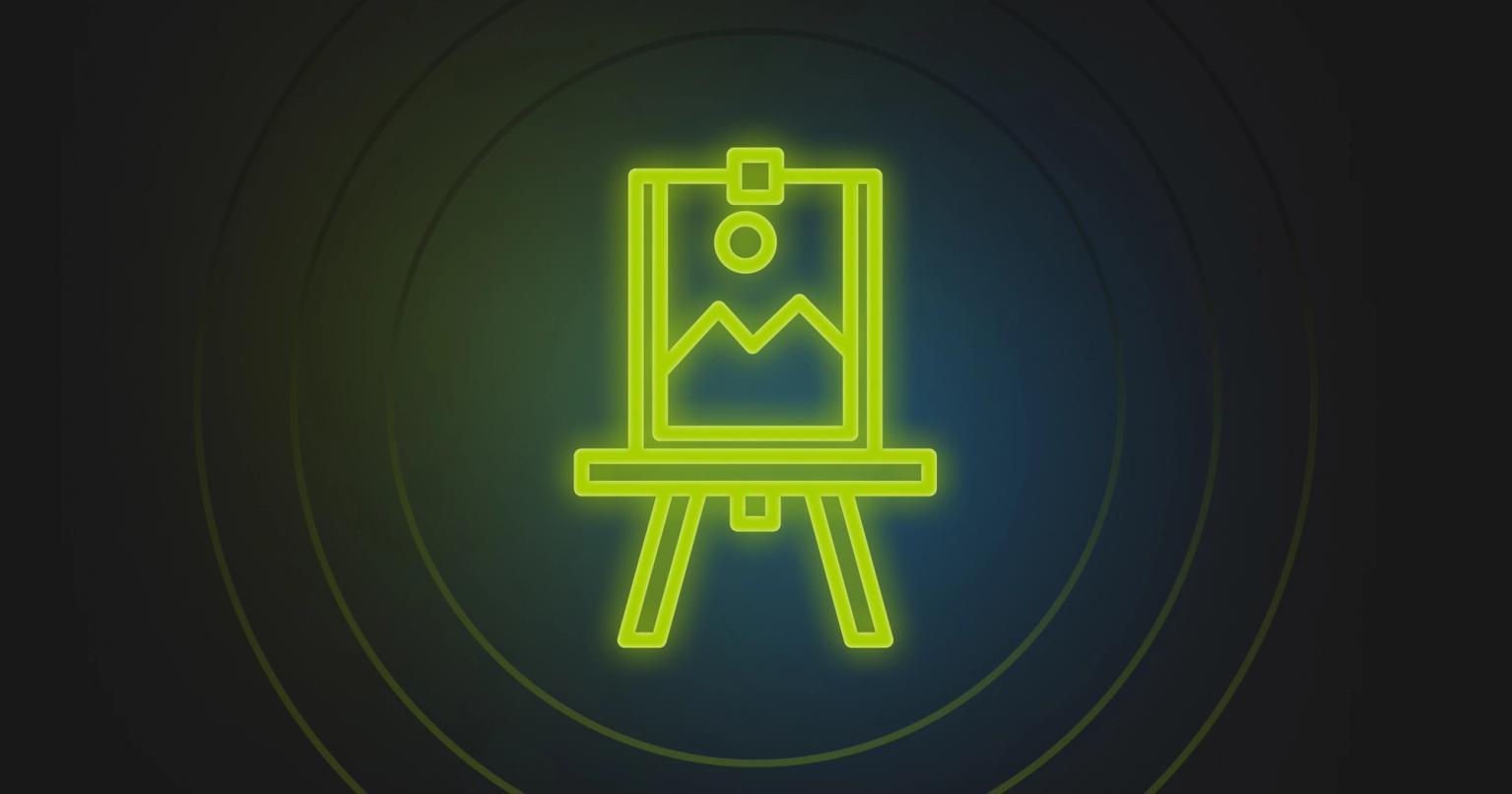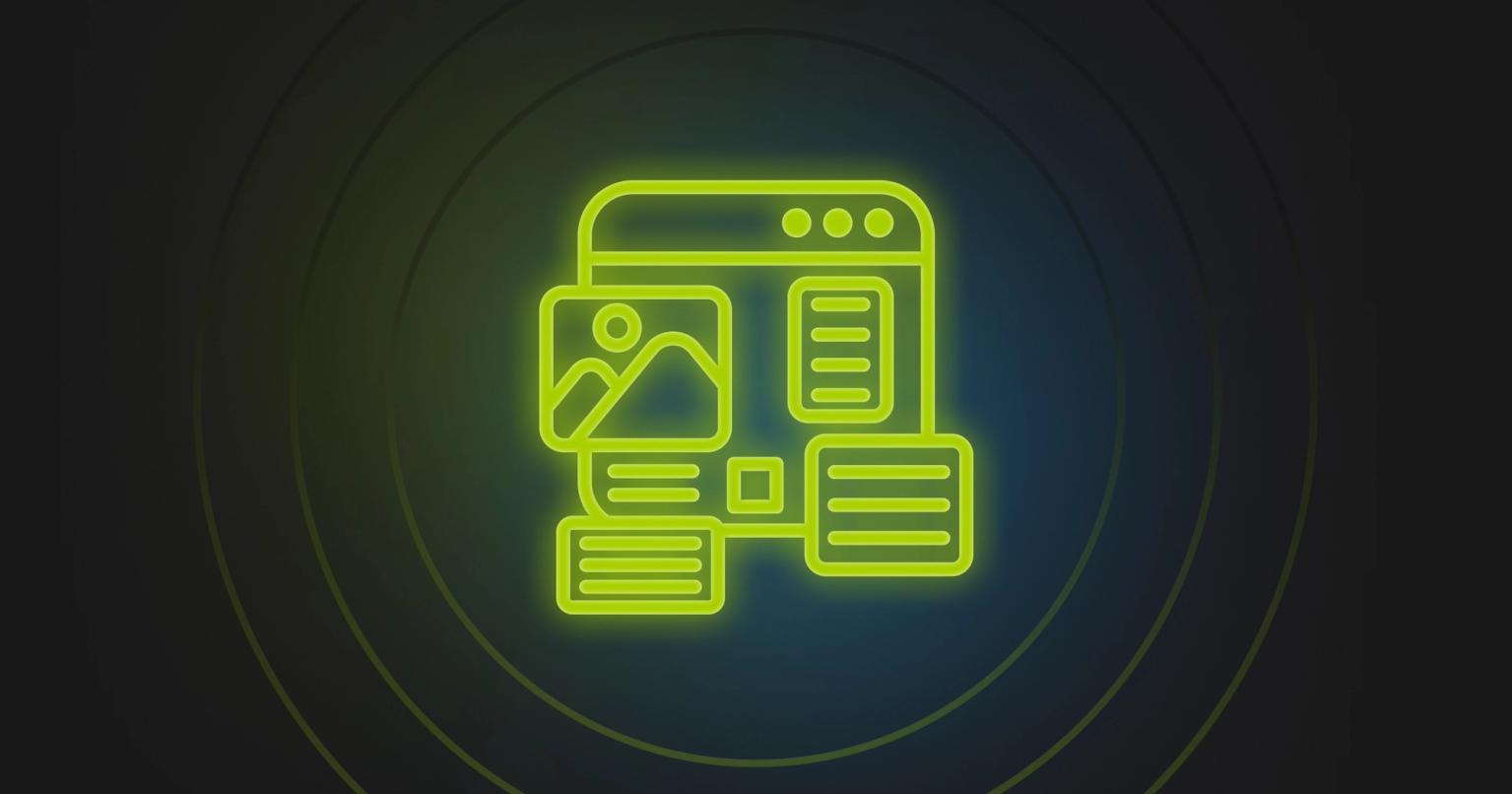Email personalization without developers: A non-technical marketer's guide

Summary
Get started with email personalization that works without code. This guide shows how marketers deliver results faster than ever.
You're a marketing ops director at a Fortune 500 company. Your CEO just saw a competitor's hyper-personalized email campaign and wants something similar launched next week. You know personalization drives results (companies using it see $70 ROI per dollar spent versus $42 for basic emails), but your developer queue is three weeks long.
Sound familiar? You're not alone. While 91% of B2B marketers use some form of email personalization, 64% say technical barriers are their biggest blocker. The irony is painful: everyone knows personalization works, but the tools designed to help us actually prevent us from doing it well.
The real cost of "just learn to code"
Let's be honest about what's really happening in most enterprise marketing teams. When someone says "just add some personalization," here's the actual workflow:
First, a marketer creates a brief. Then they wait for a developer, usually three to five days. The developer spends eight to twelve hours writing the code. Testing reveals issues, so it goes back to the developer for fixes. Finally, after eight to twelve total days, the campaign is launched.
This isn't just slow. It's expensive. While you're waiting, competitors are sending personalized campaigns. Opportunities are passing by, and your best marketers are stuck managing handoffs instead of creating campaigns.
One sales director I spoke with put it perfectly: "I had someone recently who used ChatGPT to get their HTML. She would just copy and paste it into the email, and she said it would never look great." That's the state of personalization today: marketers so desperate to avoid the developer queue that they're turning to AI chatbots for hacky workarounds.
Why email personalization feels impossible
Here's the thing nobody wants to admit: email personalization is genuinely complex. It's not your fault if you find it confusing. Each marketing automation platform speaks its own language. Salesforce Marketing Cloud uses AMPscript. Marketo uses Velocity, which looks like Java. HubSpot uses HuBL. Eloqua has its own scripting language. Pardot uses a mix of HML and Lightning components.
Imagine trying to write a simple "Hello [FirstName]" message, but you need to know five different ways to say it. That's the reality for enterprise marketers working across platforms.
Even worse? One typo in your code can break everything. There's no "undo" button. No safety net. Just you, hoping that missing semicolon doesn't send 2 million broken emails.
The personalization paradox
Here's what makes this whole situation absurd: personalization isn't actually that complicated conceptually. At its core, you're just applying simple logic. If a customer is in California, show California store locations. If they bought shoes, show sock recommendations. If they speak Spanish, show Spanish content.
It's basic thinking, the kind marketers do as naturally as breathing. But somewhere between the idea and the inbox, we've added layers of complexity that turn simple logic into developer-dependent nightmares.
The data backs this up. Teams using advanced personalization see 6x higher transaction rates, 122% higher ROI, and 10x more revenue from behavioral triggers. Yet most teams are stuck sending "Dear Valued Customer" because anything more sophisticated requires coding skills they don't have.
How modern tools are changing the game
Remember when building a website required knowing HTML? Now anyone can drag and drop their way to a professional site. The same transformation is finally happening with email personalization.
Modern platforms are replacing code with visual interfaces. Instead of writing complex conditional statements with special syntax, brackets, and variables, you simply drag a content block onto your email, click "Add rule," select your condition (like "Customer Tier equals Gold"), and choose what content to show.
That's it. No code. No developers. No waiting.
The enterprise data challenge
Of course, personalization is only as good as your data. And at enterprise scale, data is messy. Really messy.
You've got customer information spread across your CRM (probably Salesforce), your marketing automation platform, your data warehouse, various spreadsheets floating around, and that one system nobody remembers but somehow still runs critical reports.
Before you can personalize anything, you need clean, connected data. Here's the good news: you don't need perfect data to start. You just need to know what you have and set smart defaults.
For example, instead of showing a blank space when you don't have someone's first name, set a fallback: "Hi there" instead of "Hi [blank]". Simple, but it prevents those embarrassing personalization fails we've all seen.
Real-world personalization in action
Let's make this concrete with some examples.
Consider a webinar follow-up scenario. You just hosted a webinar on "Email Marketing Trends for 2025." Without personalization, everyone gets the same follow-up. With personalization, attendees get thanked for joining with links to the recording and slides. Those who registered but didn't attend receive a "sorry we missed you" message with highlights of what they missed. People who didn't register get a summary of key takeaways and an invitation to watch the recording.
Same email campaign. Three different experiences. Zero coding required with modern tools.
Or think about a product launch. Instead of blasting everyone with the same message, power users get advanced tips for the new feature. Occasional users learn how this feature saves them time. Inactive users discover what's new since they've been away. Trial users see how this feature justifies upgrading.
Each segment sees content that speaks to their specific situation. Engagement soars. Sales loves you.
For global campaigns, the traditional approach means creating separate emails for each market and language combination. If you're sending to 14 markets in 7 languages, that's 98 different emails. The modern approach uses one email with dynamic content blocks that automatically adjust based on language preference, local currency, regional offers, and time zone optimization.
One campaign. Unlimited variations. And here's the kicker: local teams can review and approve their versions without touching code.
The personalization maturity model
You don't have to do everything at once. Start with quick wins in your first week. Add first name personalization with fallbacks. Personalize subject lines. Use basic segmentation for content blocks.
After a month, scale up to dynamic product recommendations, behavioral triggers like abandoned cart emails, and location-based content. Within a quarter, you can transform your program with AI-powered content selection, predictive send-time optimization, and fully dynamic customer journeys.
Each level builds on the previous one. Start simple. Get comfortable. Then expand.
Making personalization manageable
The secret to sustainable personalization isn't doing everything manually. It's building systems that scale.
Create a module library with reusable content blocks. Build hero banners for each product line, CTAs for different customer segments, and footer variations by region. Then mix and match based on rules. Think of it like LEGO blocks for emails.
For every personalization, plan for imperfection. What shows if data is missing? What's the fallback for edge cases? How do you handle conflicts? Real data is messy, so your personalization strategy needs to account for that.
Modern tools let you preview how emails look for different segments. Toggle between customer types, check all language versions, and verify dynamic content loads correctly. No more "test sends" to your personal email, hoping you caught everything.
How Knak makes personalization accessible
This is where platforms like Knak change everything. Instead of wrestling with platform-specific code, Knak provides a visual layer that works across all major marketing automation platforms.
Whether you're using Marketo, Salesforce Marketing Cloud, Eloqua, or Pardot, the personalization process is identical. Create once, deploy anywhere. Your team learns one system instead of four.
Remember those IF/THEN statements that require coding? In Knak, they're drag-and-drop. If customer tier equals Gold, then show VIP banner, else show standard banner. No code. Just logic anyone can understand.
You can see exactly how your email looks for different segments before sending. Switch between personas instantly. Catch personalization errors before they reach inboxes.
One of the biggest "wow" moments happens when teams see the translation workflow. As one sales director noted: "Translations. Wait, it's that fast? And then you just tag the local kind of marketer." Create your email once. Tag it for translation. Local teams review and approve. No duplicate emails. No version control nightmares.
The scariest part of democratizing email creation is potentially losing control. Knak solves this with brand guardrails that lock colors, fonts, and logos. Module-level permissions ensure the right people can edit the right things. Approval workflows keep everyone in sync. Audit trails track who changed what and when.
Marketers get freedom. Brand teams keep control. Everyone wins.
The speed difference is dramatic. Traditional personalization workflows take 8-12 days. With Knak, it's same day. That's not a typo. When you remove the developer bottleneck and give marketers visual tools, campaigns that took weeks now take hours.
The hidden benefits
When you remove technical barriers to personalization, unexpected things happen.
Creativity flourishes because marketers spend time on strategy instead of logistics. They test more. They iterate faster. They try things that were "too complicated" before.
Collaboration improves because everyone can see and understand the personalization logic. Feedback gets better. Approvals speed up. Silos break down.
Data quality improves too. When personalization is easy, people care more about data. They notice gaps. They fix issues. The entire ecosystem gets healthier.
ROI becomes clear because you can actually measure personalization impact. You're doing more of it, so the patterns emerge. The business case writes itself.
Getting started today
You don't need to wait for the perfect tool or pristine data. Start where you are.
First, audit your current personalization. What are you doing now? Where are the bottlenecks? Pick one campaign to improve, something simple but impactful. Maybe that monthly newsletter could use segment-specific content blocks.
Map your data to understand what customer information you actually have. What's reliable? What needs cleaning? This doesn't need to be a massive project. Just get clear on what you're working with.
Choose tools that match your team's technical skills. Whether it's your platform's native features or something like Knak, pick solutions your team can actually use. The best personalization platform is the one your team will embrace.
Start small but think big. Your first personalized campaign doesn't need 47 variations. Start with 2-3 and build from there. Success breeds confidence, and confidence breeds innovation.
The future is already here
The most exciting part? This is just the beginning. AI is making personalization even more accessible.
Copy that writes itself is becoming reality. Input campaign goals, get personalized variations automatically. Smart content selection lets machine learning choose the best content for each subscriber. Predictive optimization means AI determines the perfect send time for each person.
But you don't need to wait for AI perfection. The tools available today already transform what's possible.
Your personalization transformation starts now
Here's the truth: email personalization without developers isn't just possible. It's practical, profitable, and probably overdue at your organization.
The technical barriers that held us back are crumbling. Visual tools are replacing code. Platforms like Knak are bridging the gap between what marketers imagine and what actually reaches the inbox.
The question isn't whether you should personalize more. It's whether you can afford not to. While you're waiting for developers, competitors are sending personalized campaigns. While you're debugging AMPscript, they're testing new variations.
The good news? You can catch up quickly. With the right tools and approach, you can go from basic batch-and-blast to sophisticated personalization in weeks, not months.
Whether you use your platform's native features, adopt a tool like Knak, or find another solution, the path forward is clear: give marketers the tools to personalize without code. Watch what happens when creativity isn't constrained by technical limitations.
Your customers are waiting for emails that speak directly to them. Your marketers are ready to create those experiences. The only thing standing in the way might be the belief that personalization requires coding skills.
It doesn't. Not anymore. And that changes everything.
Ready to see what email personalization without developers looks like? Your next campaign could be the one that proves personalization isn't just for companies with huge technical teams. It's for any team ready to put customers first and complexity last.












